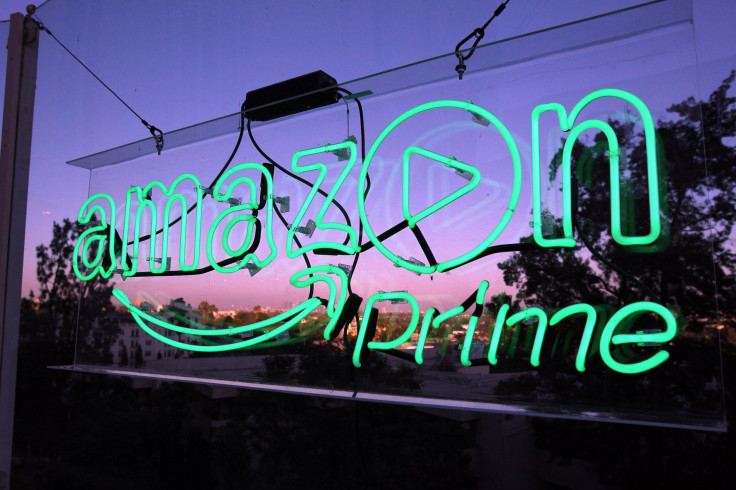Amazon Prime Video Is Now Cheaper Than Netflix, But Does That Mean It’s Better?

Not a fan of free two-day shipping? Don’t worry, Amazon Prime finally has you covered.
Starting Monday, consumers will be able to pay $8.99 a month — a whole dollar less than Netflix’s two-stream, HD plan — for access to all of the movies and TV shows on Prime, instead of the $99 per year (or $8.25 a month) that already provides access to all of the movies and TV shows on Prime, plus streaming music and free two-day shipping.
Ostensibly, Amazon is attempting to offer an alternative to potential customers who might balk at having to pay a $99 lump sum for a year (after a one-month free trial). And by making its streaming video service a standalone, it’s also trying to convince people that there really is more to Prime than free shipping.
The timing is more than a little coincidental, though. Netflix, arguably the streaming sector’s 800-pound gorilla, has millions of customers whose monthly bills are about to increase $2 a month, to $9.99, and may be sniffing around for an alternative.
But it might not be as easy to snag those customers as Amazon thinks. While Prime’s “Mozart in the Jungle” may have taken home the Golden Globe for best comedy or musical in January, the odds of finding a random person on the street who knows it's a comedy starring Gael Garcia Bernal are thin. Other Prime originals may have critical support behind them (“Transparent”) or be “the most-watched” on the service ("The Man in the High Castle"), but if ratings estimates are anywhere near accurate, the number of people watching these shows is minuscule. According to a third-party estimate in January, which Amazon hasn’t confirmed, “High Castle” averaged only about 2.1 million viewers in the advertiser-coveted 18-49 demographic.
The standalone Prime video service also doesn’t come with access to Amazon’s streaming music library, but for $10.99 a month, you can tack on music and two-day shipping.
Like other streaming services, Prime Video will have to rely on its back catalog of movies and series to keep people paying. That, too, may not be enough. Streaming services all have to deal with their own form of churn as content rights expire, and there’s a growing reluctance on the part of many TV networks and studios to hand over streaming rights to rivals that could be eating into traditional viewing. That may contribute to further library shrinkage.
Amazon, Hulu and Netflix have been engaged in a streaming war for the last few years, each service devoting more and more money to original shows and movies, outbidding each other at film festivals and in contests over streaming rights to shows. Hulu — a joint venture of NBCUniversal, Fox and Disney — has its own ad-free version now, and an unexpectedly deep movie library for a service that many think of as a destination for current TV shows like “Empire” or “Scandal.” What Amazon has going for it is the ability to download certain shows and movies directly to your phone or tablet, so you don’t need a data connection to stream all the time.
The big three aren’t the only streaming services competing for your wallet, which is another problem for Amazon. HBO, Showtime and Starz have all joined the “over-the-top” fray; all offer the same blend of fairly recent movies and libraries of current and former original shows. Standalone Prime Video is a good bit cheaper than HBO Now ($14.99/mo) and Showtime ($10.99/mo, or $8.99/mo as an add-on to Prime), but the same price as Starz ($8.99/mo on its own or as a Prime add-on).
Standing out in that kind of crowded field is tough. But given the potential to lure disgruntled Netflix customers on the verge of a price hike, there may be no better time to try.
© Copyright IBTimes 2024. All rights reserved.












